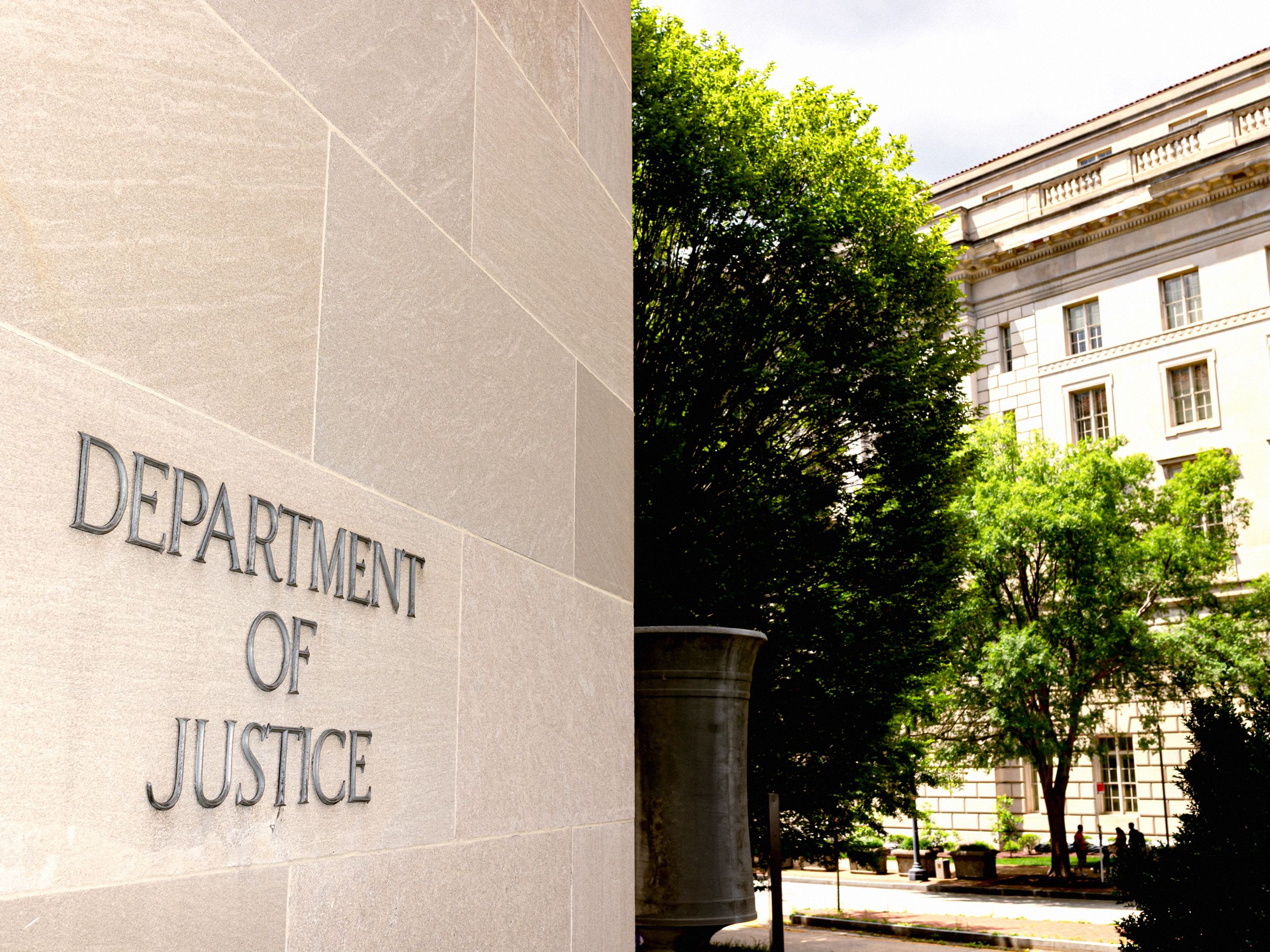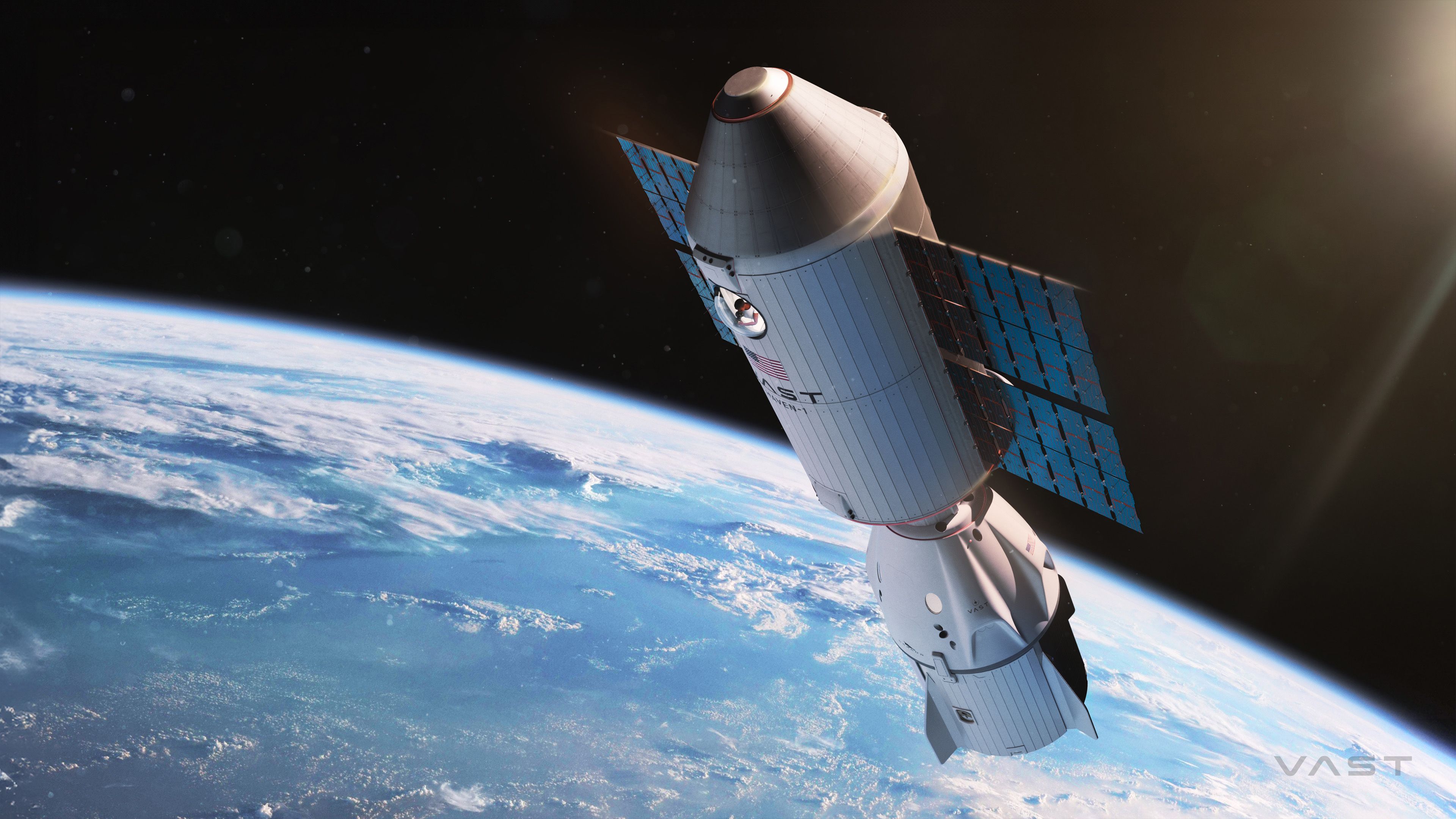NASA Rewrites the Rules for Developers of Private Space Stations
In a landmark decision, NASA has announced a significant shift in their approach to private space station development. The new rules, dubbed the Space Station Utilization Policy, aim to streamline the process for companies looking to build their own space habitats.
Under the new policy, NASA will provide technical support, data sharing, and regulatory guidance to private developers. This marks a departure from their previous hands-off approach, which required companies to seek their own permits and approvals.
The move is seen as a win-win for both NASA and private developers. By opening up their resources and expertise, NASA hopes to spur innovation and accelerate the growth of the commercial space industry.
One key aspect of the new policy is the emphasis on sustainability and interoperability. Private space stations will be required to adhere to strict environmental standards and be compatible with NASA’s own systems.
Developers will also be encouraged to collaborate with each other and share resources, with NASA acting as a facilitator. This cooperative approach is expected to lower costs and speed up the development process.
Furthermore, the policy opens up opportunities for international cooperation, with companies from other countries welcome to participate in the program. This could lead to a more diverse and inclusive space ecosystem.
Overall, the Space Station Utilization Policy represents a major shift in NASA’s approach to private space development. By rewriting the rules, the agency is paving the way for a new era of collaboration and innovation in space exploration.
We can expect to see a wave of exciting new projects and advancements in the coming years as private developers take on the challenge of building their own space stations with NASA’s support.






More Stories
RFK Jr. Is Supporting mRNA Research—Just Not for Vaccines
The West Texas Measles Outbreak Has Ended
US Coast Guard Report on Titan Submersible Implosion Singles Out OceanGate CEO Stockton Rush